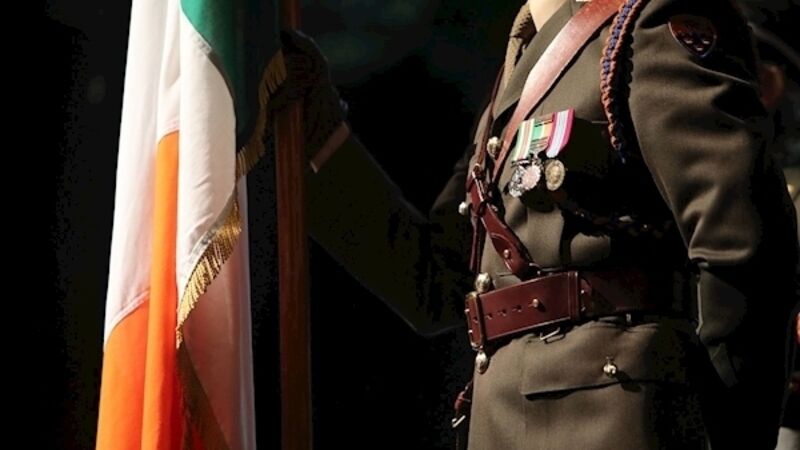Significant rise in covert bugging by Defence Forces

The Defence Forces conducted a third of all covert bugging operations last year, marking a significant expansion in its surveillance activities in recent years.
The sharp rise in spying by the Defence Forces is due to “enhanced intelligence” from a number of sources, an oversight report said.
There has also been greater use by Revenue of tracking devices, typically deployed to monitor vehicles used by smuggling gangs.
An Garda Síochána is the dominant player in covert surveillance (bugging devices and trackers) with almost 150 authorised operations in the last year.
The details are contained in a judicial review of the Criminal Justice (Surveillance) Act 2009 between August 2018 and July 2019.
Covert bugging devices, audio and visual, and tracking devices are used against organised crime (by the Garda and Revenue) and in national security operations (by the Garda and Defence Forces) and must be authorised by the courts.
The review of act by designated judge Mr Justice Michael Twomey, which was submitted to the Department of the Taoiseach, reports:
- 61 bugging authorisations between August 2018-July 2019, compared to 57 the previous year and 62 the year before that
- 136 authorisations for tracking devices, compared to 152 and 124 in the previous years
- 197 surveillance authorisations in the 2018-2019 period, compared to 209 and 186 in the previous years.
The 61 bugging authorisations comprised 57 planned operations and four emergency operations.
The use of bugging has been seen in Garda cases against the Kinahan cartel and dissident republicans.
The number of bugging operations by gardaí has fallen in the last three years from 53 in 2016-2017 to 46 in 2017-2018 and to 41 last year.
There has been an opposite trend in the Defence Forces, with 20 bugging operations last year, compared to 11 in 2017-2018, nine in 2016-2017 and just one the previous year.
Mr Justice Twomey said he met a senior officer at Defence Forces HQ and a senior member of its National Security Intelligence Unit.
He said the Defence Forces can apply for surveillance authorisation for “maintaining the security of the State”.
He examined each of the 17 surveillance files for planned bugging.
“This was an increase on 11 surveillance files from the previous year, but this was explained by the fact that the Defence Forces in recent times have an enhanced intelligence picture from a number of sources,” his report said.
The Defence Forces also made three emergency surveillance applications, involving four people.
The judge said that the three agencies use the act “extensively” to detect and combat serious crime and activities subversive to the State, including terrorism.
He was satisfied that “significant intelligence” had been gathered which had either “prevented serious crime or assisted in bringing successful prosecutions”.
He said he was also satisfied that without the powers “a significant amount of criminal activity could not be detected”.
The judge said he was impressed by the professionalism of gardaí involved in surveillance, many of them doing it at “considerable personal risk”.













